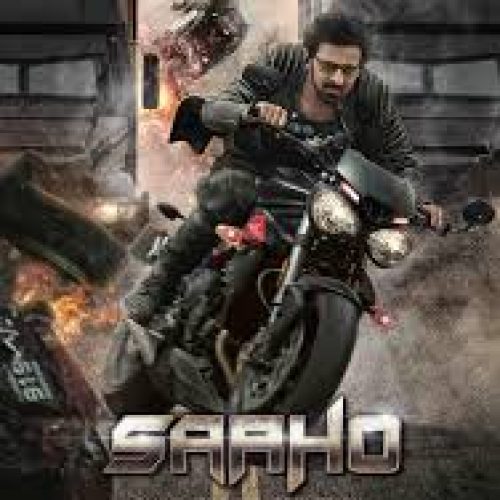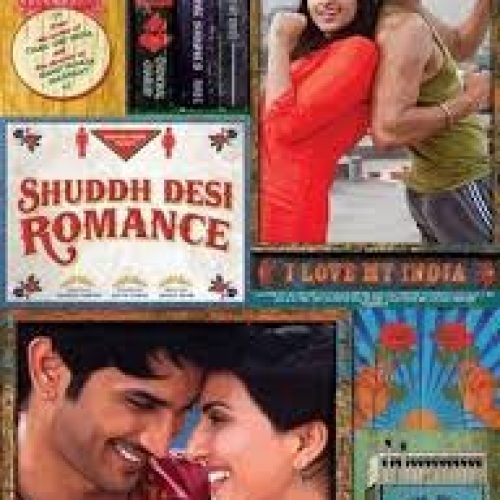What happens in Bangkok certainly doesn’t stay in Bangkok, especially when it comes to Phil, Stu, Alan, and Doug. The 2011 film The Hangover Part II takes the unforgettable trio from Las Vegas to Thailand for another round of chaotic adventures. Directed by Todd Phillips and starring Bradley Cooper, Ed Helms, Zach Galifianakis, and Justin Bartha, this follow-up to the wildly successful The Hangover is set two years later. This time, it’s Stu’s turn to get married, and the group travels to Thailand for a quiet pre-wedding brunch— or so they hope. The setting is an exotic, gritty Bangkok, which quickly turns into a playground for the same kind of mayhem that made the original film a hit. The genre remains firmly in the realm of raunchy comedy with a touch of mystery, but with higher stakes and a darker tone.
The plot feels like déjà vu for the characters, though it’s not just a rehash of the original. After a seemingly tame night with Phil, Alan, and Doug, Stu wakes up in a dingy Bangkok hotel room with no memory of what happened. Alan’s head is shaved, Stu has a face tattoo, and their 16-year-old future brother-in-law is missing. What follows is a race against time as the group retraces their steps, from a seedy tattoo parlor to an underground fight club, encountering an eclectic mix of characters along the way. As they unravel the mystery of their blackout, the stakes are higher than ever— it’s not just about finding a missing friend, but ensuring Stu can make it to his wedding intact. While the premise mirrors the first film, the new setting and heightened tension give the story a fresh, albeit familiar, energy.
One of the strongest aspects of this film is the chemistry between the lead actors. Zach Galifianakis, once again, steals the show as Alan. His portrayal of the socially awkward, unpredictable, and slightly delusional character is spot-on, bringing a quirky sense of humor that contrasts with the more grounded Phil and Stu. Alan’s childlike behavior, combined with his inability to comprehend social norms, results in some of the film’s funniest and most cringe-worthy moments. His interactions with Stu, particularly, provide a lot of the film’s comedic tension, as Stu tries desperately to maintain his composure amidst Alan’s reckless antics. Ed Helms also shines as the neurotic Stu, whose transformation from mild-mannered dentist to someone embracing his wild side adds an interesting layer to his character. His comedic timing, especially in scenes where he’s grappling with his new face tattoo or the consequences of their wild night, is impeccable. Bradley Cooper’s Phil remains the smooth-talking, somewhat cynical leader of the group, offering a cool-headed presence that balances out Alan and Stu’s more frantic personas.
However, where the acting succeeds, the direction by Todd Phillips sometimes falters. The decision to replicate the structure of the first film in a new location works in parts, but it also feels too formulaic. While the mystery of what happened in Bangkok is intriguing, the film follows a very similar beat-to-beat rhythm as its predecessor. The stakes are higher, and Bangkok provides a more intense and dangerous backdrop than Las Vegas, but at times, it feels like the story is retreading old ground without adding enough new elements. Despite this, Phillips does a solid job of maintaining the film’s fast pace, ensuring that the audience is constantly entertained by the increasingly bizarre situations the group finds themselves in.
Cinematography plays a crucial role in setting the mood for the film. Lawrence Sher, who also worked on the first installment, captures the chaotic beauty of Bangkok with skill. The contrast between the lush, picturesque landscapes of Thailand and the gritty, neon-lit streets of the city reflects the duality of the group’s experience— from the serene wedding preparations to the madness of their night out. The film doesn’t shy away from showing the darker, dirtier sides of Bangkok, which adds to the sense of danger and urgency. The cinematography is also instrumental in building suspense, especially in moments where the characters feel disoriented and out of control, mirroring the audience’s own sense of bewilderment.
The musical score and soundtrack further elevate the film’s atmosphere. From edgy rock tracks to more intense, pulsating beats, the music complements the wild ride the characters are on. Notably, the use of Billy Joel’s “Allentown” in a pivotal scene adds a layer of humor, as the song’s upbeat melody contrasts with the dire situation the group finds themselves in. The music cues are well-placed, helping to set the tone for each scene, whether it’s the laid-back vibe of the wedding preparations or the chaos of the city’s underground nightlife. The score by Christophe Beck is more subtle, but it does a good job of underscoring the film’s tension without overwhelming the audience.
Another aspect that deserves mention is the film’s costume design and makeup, particularly in how they contribute to the characters’ arcs. Stu’s face tattoo, a clear homage to Mike Tyson’s cameo in the first film, becomes a running joke and a symbol of how far he’s fallen from his cautious, uptight persona. Alan’s shaved head, though played for laughs, also serves as a visual representation of the chaos that follows the group. The costumes help differentiate the characters’ personalities— from Phil’s laid-back, stylish wardrobe to Alan’s more eccentric, mismatched attire, which reflects his childlike and unhinged nature. These details, though subtle, contribute to the overall characterization and comedic tone of the film.
Despite the film’s strengths, one of its weaknesses lies in its tendency to push boundaries a little too far. The humor in The Hangover Part II is darker and more risqué than the original, which may not sit well with all audiences. Some jokes land well, while others feel unnecessarily crude or offensive, particularly in their portrayal of certain cultures and characters. While the first film’s humor was balanced with heart, this sequel occasionally sacrifices character development for shock value, making it harder to connect with the characters on a deeper level.
In conclusion, The Hangover Part II is a worthy, if flawed, follow-up to its predecessor. It delivers plenty of laughs and outrageous moments, thanks to the performances of its lead actors and the wild, unpredictable setting of Bangkok. However, the film doesn’t quite capture the same magic as the original, partly due to its reliance on a similar formula and its tendency to prioritize shock humor over character development. That said, if you’re a fan of the first film, this sequel offers enough entertainment and absurdity to keep you engaged. Just be prepared for a darker, more intense ride. If you’re looking for a lighthearted yet outrageous comedy, this film will certainly deliver, but it may leave you missing the heart and originality that made the first installment a classic.







